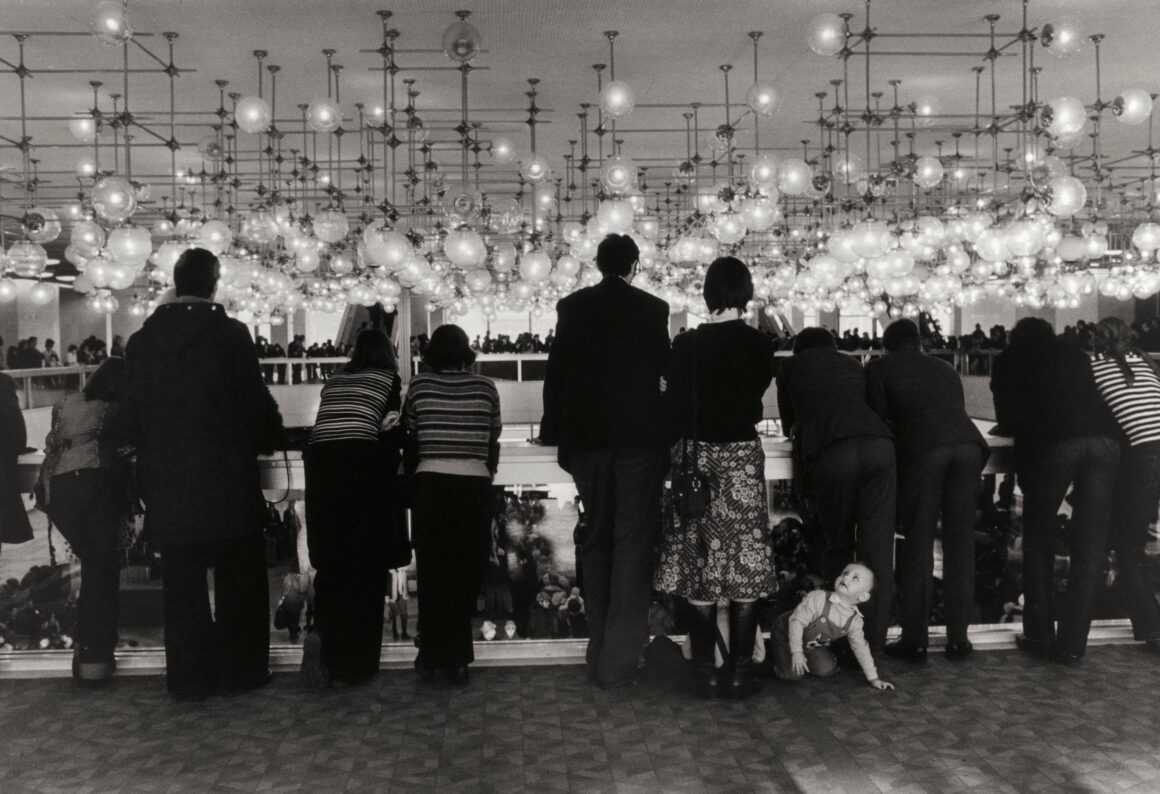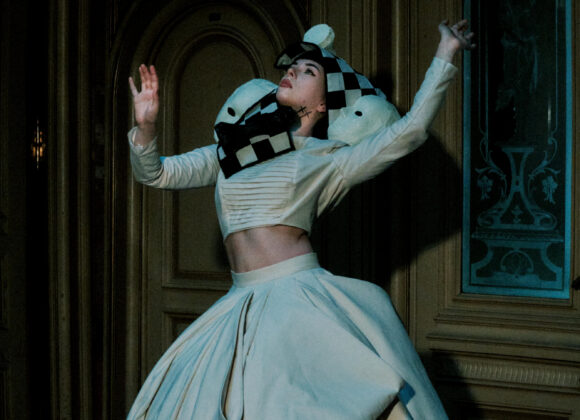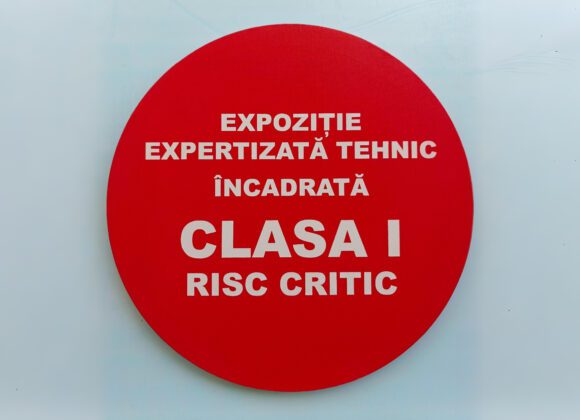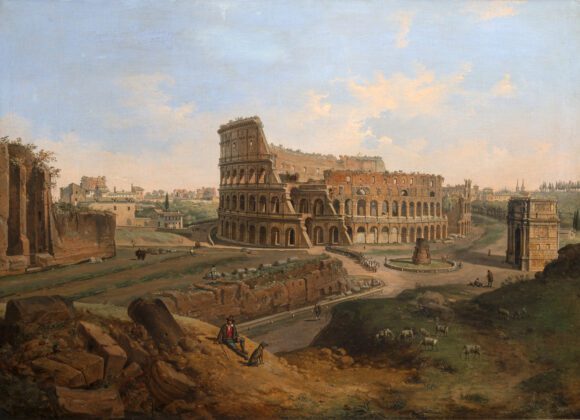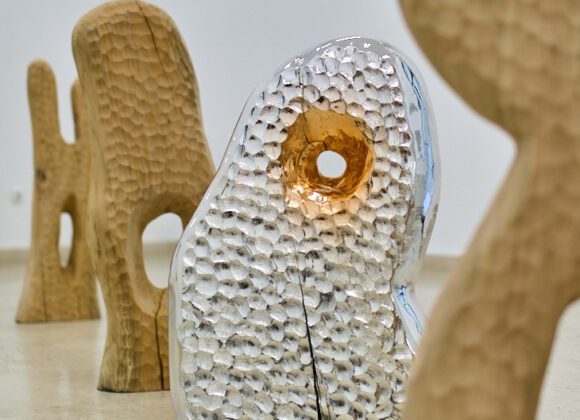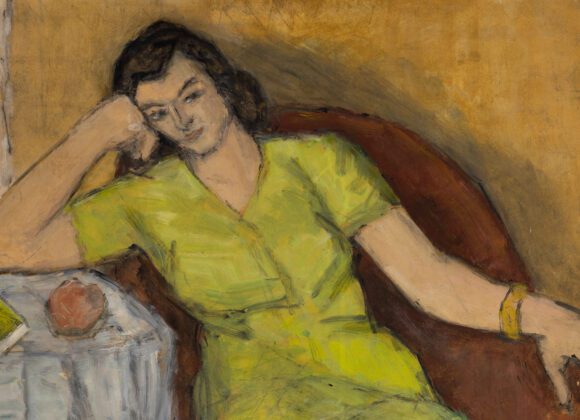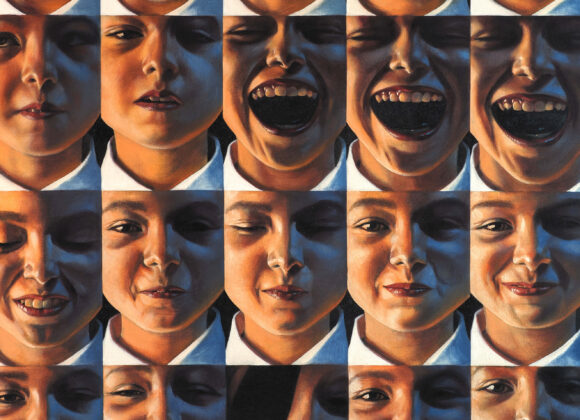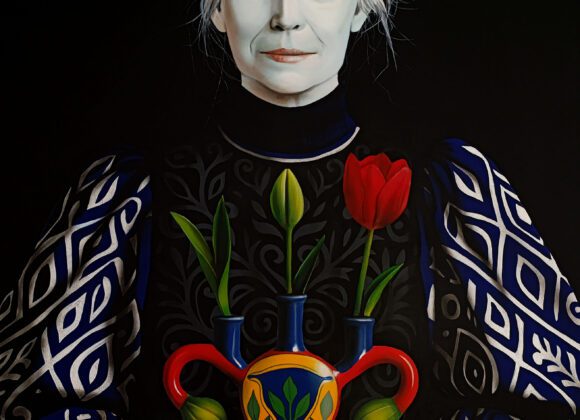Sibylle Bergemann
Fashion, art, culture through the lens of a woman
Sept. 6 – Dec. 15
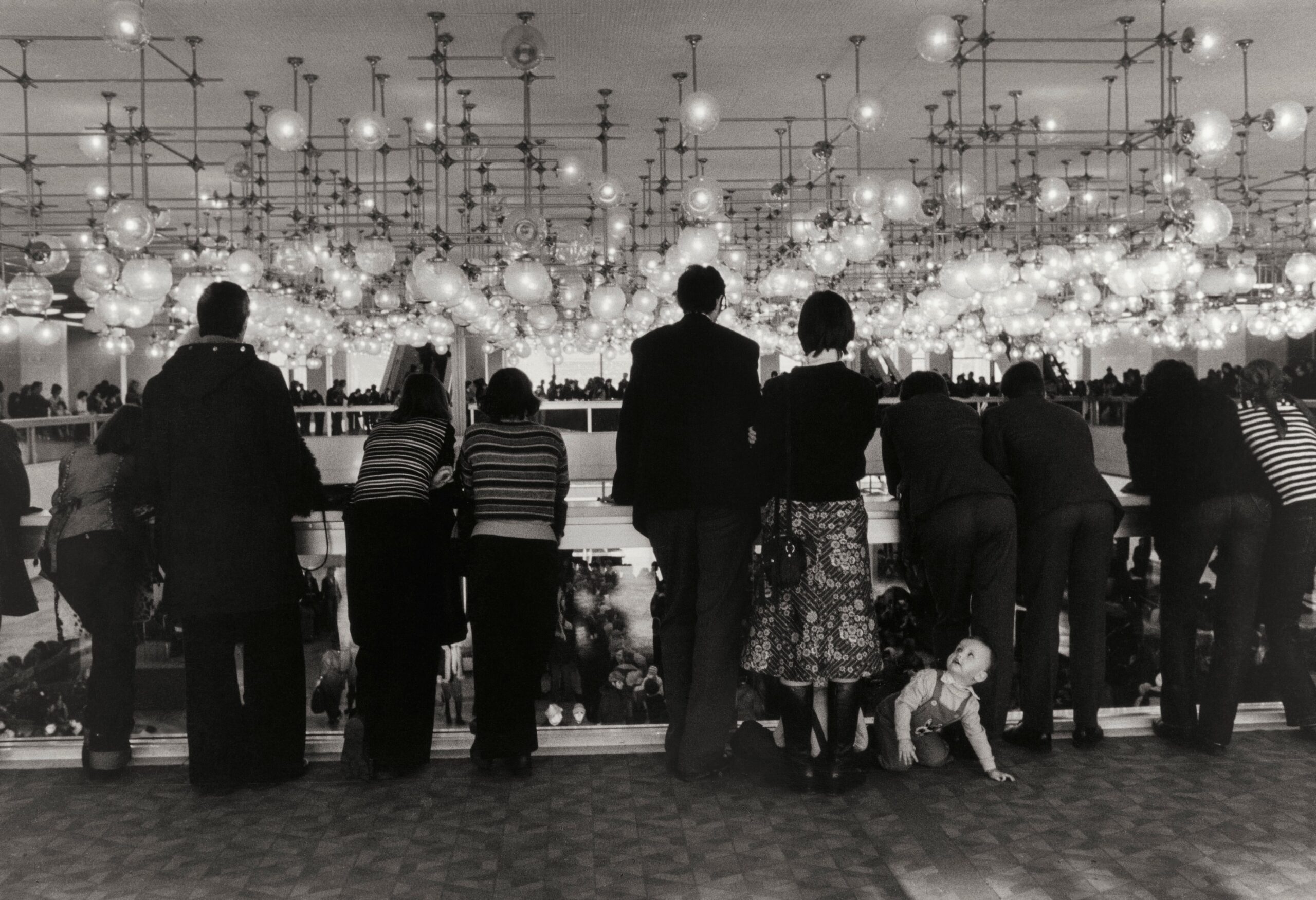
The exhibition presents an overview of the entire oeuvre of one of Germany’s leading contemporary photographers. The photographs of Berlin-born Sibylle Bergemann are truly awe-inspiring. Her subjects are wide-ranging and diverse, and her insight and sensitivity astonishing. Bergemann was equally at ease with fashion, reportage, photographic essays, urban and rural landscapes and portraits. She first made her name as a fashion photographer, and then quickly gained renown for her photographic essays and her precise observations of hidden contexts.
After two successful runs of the exhibition at the Berlin Academy of Arts and the Museum for Photography in Braunschweig, it will now tour internationally on behalf of the Institute for Foreign Cultural Relations – ifa.
“It’s the fringes of the world that interest me, not its centre. The non-interchangeable is my concern. When there is something in faces or landscapes that doesn’t quite fit…” (Sibylle Bergemann)
Her photographs, in international publications: Der Spiegel, Stern, New York Times
Sibylle Bergemann was born in Berlin in 1941. From 1965 to 1967, after finishing her business training, she worked in the editorial office of the magazine Das Magazin. Her photographic apprenticeship began in 1966, with Arno Fischer, one of the most important and esteemed teachers of photography in former East Germany. She began working freelance in 1967, as a fashion photographer for the magazine Sibylle.
Unlike any other magazine, Sibylle has had an enormous influence on East German perception of not only fashion, but also, more generally, of culture and of the way of living. Sibylle Bergemann made a key contribution to the specific style and aesthetics of fashion photography in this magazine. Her photographs also appeared in other East German magazines, including the weekly Der Sonntag (from 1969) and Das Magazin (from 1973).
Bergemann’s work has been published in national and international magazines, such as Die Zeit, Der Spiegel, Stern, New York Times and Geo. In 1996, she received an EU-scholarship for the project “TOKYO TODAY” of the Centre de la Photographie, France.
Bergemann’s works are included in numerous museums and collections: Art Collection Deutsche Börse; Berlinische Galerie; Deutsches Historisches Museum; DZ Bank; Brandenburgische Kunstsammlung, Cottbus; Staatliche Galerie Moritzburg, Halle; Museum für Kunst und Geschichte, Dortmund; Aktion Mensch; Centre Regional de la Photographie, Nord-Pas-de-Calais; Joshua P. Smith Collection, Washington; F.C. Gundlach Collection, Hamburg; GAFF, Galerie für Fotografie, Rotenburg; Deutscher Bundestag.
In 1990 she co-founded the renowned OSTKREUZ agency, today one of the most distinguished photographers’ collectives dedicated to documentary photography in Germany. In 1994 she became a member of the Academy of Arts in Berlin, Brandenburg.
She died in Margaretenhof, Brandenburg, in 2010.
A critical analysis of the East German reality through the lens
Sibylle Bergemann often produced series of photographs, and also worked on personal themes in individual pictures. From the 1960s onwards, fashion and portrait photography in black and white, sometimes commissioned by Sibylle and Geo magazines, became Bergemann’s two main genres. Another important aspect of her work is represented by depictions of urban scenes and images – a theme she pursued throughout her career. Bergemann also experimented to the full with Polaroid as a medium. She worked mainly with black-and-white photography, but also sometimes used colour as a constitutive element in the construction of meaning, and not just as an illustrative device.
Bergemann’s work should be understood in terms of the social contexts of her time. Her photographs offer a critical analysis of East German realities, reflecting specific conditions of the period. Also, she always thought of photography as a medium that transfers and transforms reality into a picture, and not as a mere depiction of reality.
For Bergemann, photography was a medium through which she was able to shed light on contexts and correlations, constantly interpreting and commenting on reality. Thus, the peculiar details of her photographs become symbols that reflect subtle stories and nuances of their time. They are interpretations, as well as statements.
Bergemann’s photographs play with the longing of the observer, who can easily be drawn by them into a thoughtful and melancholic mood filled with eerie, dreamlike states-of-being. The complexity of these photographs creates her unmistakable, personal style. “It seems like the photographer wants to produce something that is presently absent: sparse notes from proximity, searching for roots, results of a voyage into dreams.” (Matthias Flügge, 2006)
Street photography in Berlin, New York, Paris, Tokyo and São Paulo
This aspect of Bergemann’s work becomes particularly apparent in her scenes from urban life and in her work in Polaroid. She began focusing on urban situations in Berlin in the late 1960s and continued to work in this field in cities such as New York, Paris, Tokyo, and São Paulo.
Between 2000 and 2006, Bergemann produced a series of Polaroids entitled Fading Memories. In this series, places and spaces remain mostly hidden from the conscious perception of the viewer. These abstract, almost somnolent pictures of spaces that were once full of life but later abandoned tell their own stories of change and metamorphosis. Crumbling factories such as the old repair house of the state railway company Deutsche Reichsbahn in Berlin-Friedrichshain, an overgrown playing field where no one hangs out anymore, desolated gardens and buildings that used to belong to Soviet soldiers and their families – all of these places have been abandoned for one or the other reason. Bergemann’s search for the traces left behind in these once lively places led to pictures that are void of any melancholic nostalgia for East Germany and that represent a conscious act of remembrance for a long-gone era.
Another important group within Bergemann’s work is represented by her photographs taken in Africa and the Middle East. Between 1999 and 2004, Bergemann was assigned by Geo magazine to visit several African countries (Ghana, Senegal, Mali) and Yemen in the Middle East. The pictures taken there – fashion photographs and situational imagery – reflect Bergemann’s pictorial sensitivity and creative subtlety. Here the photographer captures beauty without resorting to exotic stereotypes, and shows life as a form of assertion against the circumstances pertaining to it. In these photographs, Bergemann has captured daily life in all of its ambivalence – a life between traditional culture and the onset of globalisation. For all their precision, these photographs appear almost timeless. They have an aura of remoteness under a vast sky. In the end, the photographer confronts the world around her; alone and with her defence mechanisms down, she remains open to her subjects. Above all, it is this commitment and empathy stemming from impartiality that enable Bergemann’s photographs to speak to the viewer in all of the ways described above.
Exhibition organized in partnership with ifa, the Embassy of the Federal Republic of Germany in Romania and the Goethe Institut.
More exhibitions


